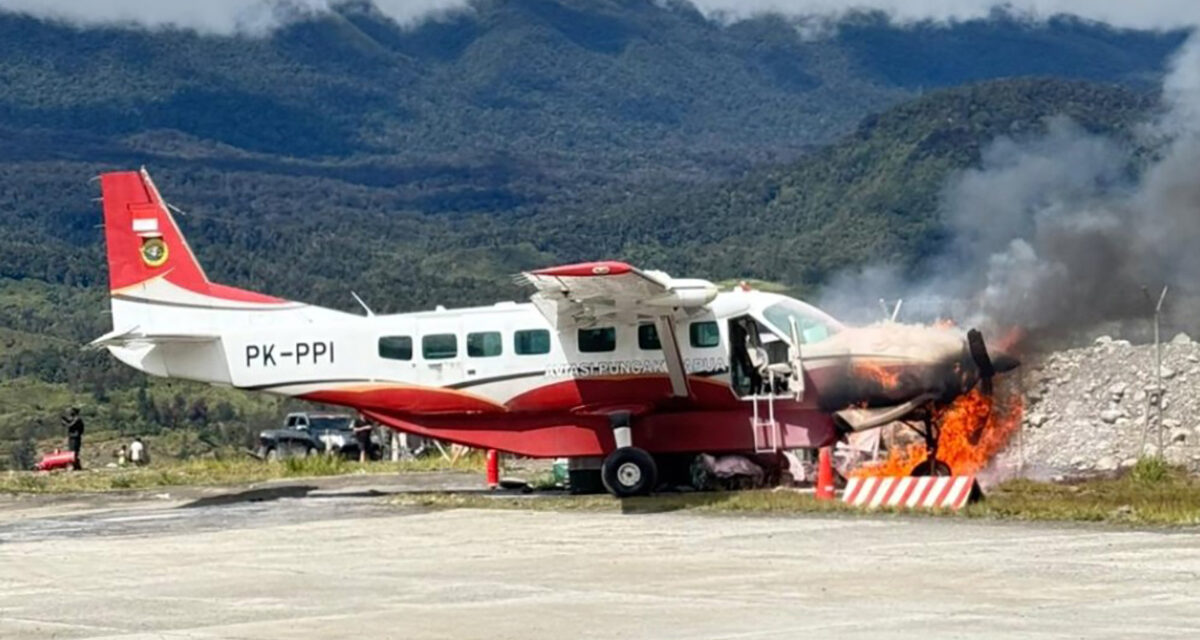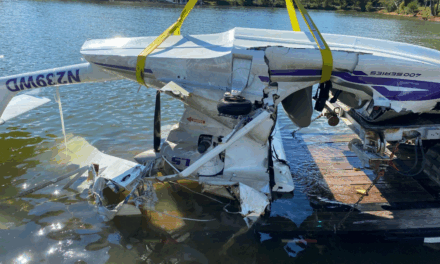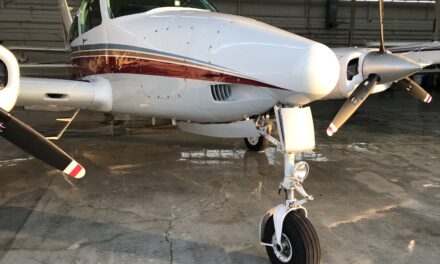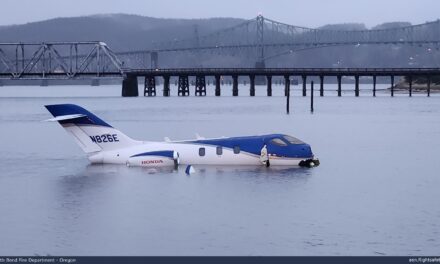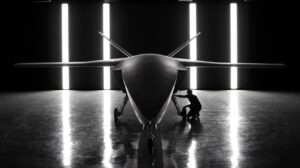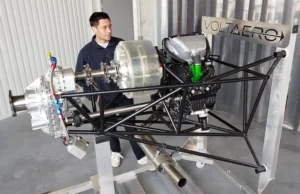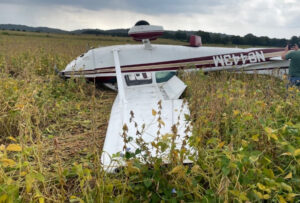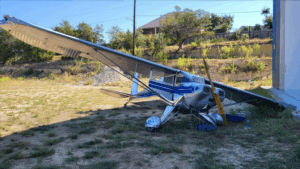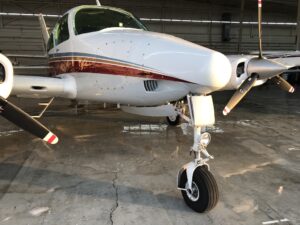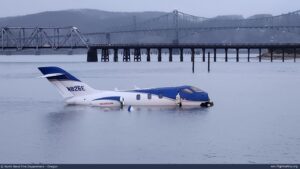Cessna 208B Grand Caravan EX PK-PPI Overrun at Ilaga
On August 25, 2025, the Cessna 208B Grand Caravan EX PK-PPI overrun at Ilaga captured the aviation world’s attention. After touching down on runway 25 at Ilaga-Aminggaru Airport in Papua, Indonesia, the Caravan failed to stop within the available runway length. It veered right, struck a guard post and perimeter fence, and ultimately caught fire. The two crew onboard escaped with minor injuries. The aircraft, however, was destroyed. (Bureau of Aircraft Accidents Archives) Crash of Cessna 208B in Ilaga
A Vital Workhorse in Remote Skies
The focus keyphrase: Cessna 208B Grand Caravan EX PK-PPI overrun emphasizes an incident involving one of aviation’s most enduring utility aircraft. The Cessna 208B (“Grand Caravan EX” variant) is widely used in remote, rugged operations—hauling cargo, passengers, supplies, and medevac missions to destinations unreachable by road. Its single Pratt & Whitney PT6A turboprop engine, high-wing design, and robust landing gear make it well suited for short, rough strips.
PK-PPI was operated by Aviasi Puncak Papua (Amole Air), serving as a lifeline to remote villages. The flight originated in Timika, Indonesia, bound for Ilaga with cargo aboard. Local sources confirm both pilots evacuated safely before fire engulfed the fuselage. (HangarDebrief) HangarDebrief PK-PPI article
The Landing That Didn’t Go as Planned
Witnesses and crash summaries say the Caravan landed on runway 25 under routine conditions. But despite touchdown, it was unable to decelerate effectively. The aircraft veered to the right side of the strip, collided with a wooden guard post, then impacted the perimeter fence before fire consumed the airframe. The fire intensified rapidly, destroying much of the structure. (BAAA-ACRO)
The runway in Ilaga operates under difficult conditions—high elevation, high density altitude, often wet or damp surfaces, and limited overrun protection. All these can shrink safety margins rapidly.
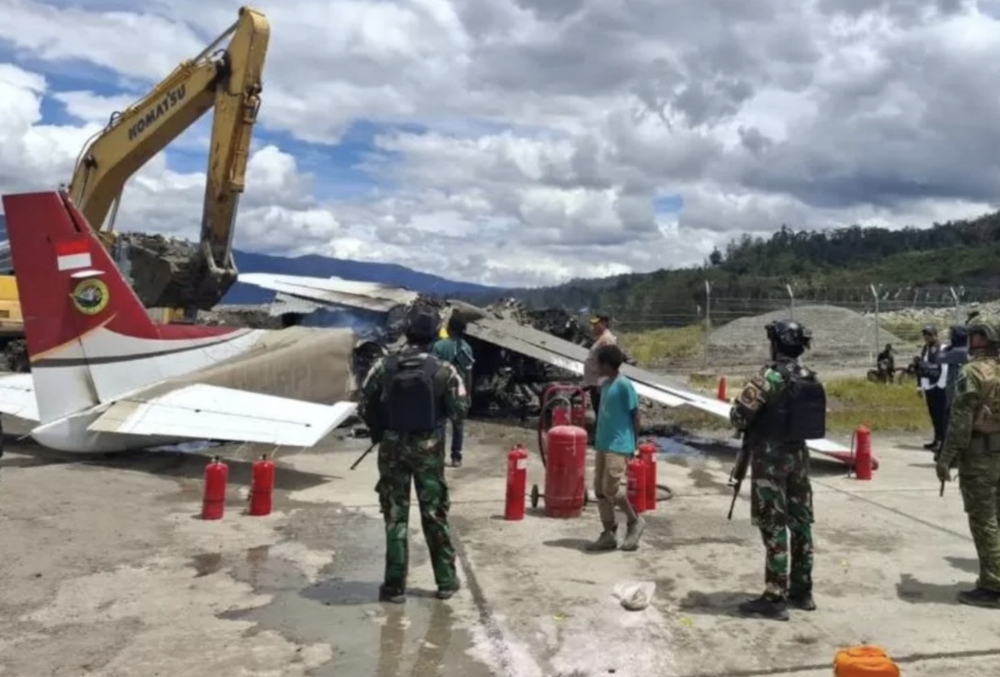
Technical & Operational Factors
Investigators point to a combination of contributing factors:
- Insufficient stopping distance: The Caravan likely landed farther down the runway than optimal, leaving little room for deceleration under elevated density altitude conditions.
- Reduced brake friction / degraded surface: Ilaga’s strip may have had wet or slick patches, or weaker surface grip, reducing wheel braking performance.
- Crosswind or veer tendency: A slight yaw or drift might have caused lateral deviation.
- Limited performance envelope at altitude: At Ilaga’s elevation, engine and aerodynamic performance degrade—slowing response and braking efficiency.
- No catastrophic preimpact failure: Reports noted no mechanical anomalies before landing—no reports of engine failure, gear collapse, or control malfunction.
These patterns echo past Caravan overrun events in rugged environments—where high elevation, unpredictable runway surfaces, and limited margins combine to challenge pilots.
Community, Media & Operator Response
Local aviation media and operators immediately circulated images and videos of the burned fuselage. Aviation forums debated pilot technique, runway condition, and whether performance calculations were conservative enough. Some questioned whether Aviasi Puncak Papua had sufficient safety margin data for mountain strip operations.
HangarDebrief’s write-up characterizes the event as a stark reminder that remote-ops demand ultra-conservative buffers. (HangarDebrief)
Lessons Learned & Recommendations
From this overrun of Cessna 208B Grand Caravan EX PK-PPI, several lessons emerge:
- Always assume degraded braking in remote strips—plan with at least 20–30% extra margin.
- Touch down early and land long to preserve stopping distance.
- Consider adding more aggressive “dispatch margins” in high-density altitude operations.
- Invest in surface condition checks (moisture, debris, slope) before landing in remote strips.
- Retrofit performance-monitoring or runway overrun warning systems where feasible.
- Emphasize recurrent training on short-strip landings, overrun scenarios, and go-around discipline.
Broader Reflections
The Cessna 208B Grand Caravan EX PK-PPI overrun at Ilaga underscores how easily even robust designs can be overwhelmed when conditions and margins shrink. In remote aviation, where communities depend upon each flight, the cost of a misjudgment is high. The Caravan is a trusted workhorse—but safety can erode fast at altitude, in damp air, and on limited runway.
When remote strip overruns occur in utility aircraft like the Caravan, should regulatory authorities require onboard sensors or warning systems for performance margins—even in rugged operations?

